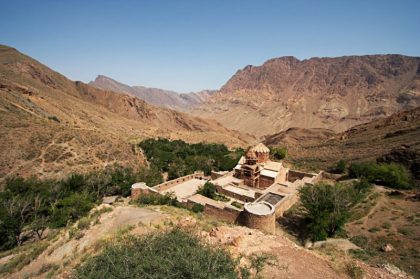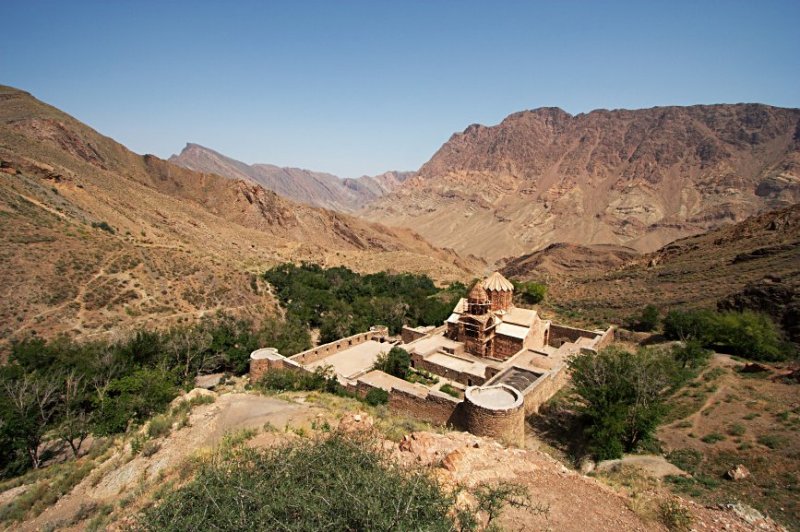
 UNESCO's World Heritage Committee has added Iran's fortified Armenian monasteries on UNESCO's World Heritage List, UN Information Center announced in a press release.
UNESCO's World Heritage Committee has added Iran's fortified Armenian monasteries on UNESCO's World Heritage List, UN Information Center announced in a press release.
The Armenian Monastic Complex in the northwest of the country, consists of Saint Thaddeus and Saint Stephanos Monasteries and the Chapel of Dzordzor. Their edifices (the oldest of which, St Thaddeus, dates back to the 7th century), are examples of outstanding universal value of the Armenian architectural and decorative traditions. They bear testimony to very important interchanges with the other regional cultures, in particular the Byzantine, Eastern Orthodox and Persian.
Situated on the southeastern fringe of the main zone of the Armenian cultural space, the monasteries constituted a major center for the dissemination of that culture into Azerbaijan and Persia.
They are the last regional remains of this culture that are still in a satisfactory state of integrity and authenticity. Further, as places of pilgrimage, the monastic complexes are living witnesses of Armenian religious traditions through the centuries.
This is the ninth Iranian property to be inscribed on UNESCO's World Heritage List since 1979. The other eight World Heritage properties in Iran are Choghazanbil (1979), Persepolis (1979), Meidan Emam in Isfahan (1979), Takt-e-Soleyman (2003), Pasargardae (2004), Bam and its Cultural Landscape (2004), Soltaniyeh (2005), and Bisotoun (2006).
The UNESCO World Heritage Committee, meeting now for its 32nd session in Quebec, Canada, is inscribing new properties on UNESCO's World Heritage List.
Source: Islamic Republic News Agency (IRNA), Tehran, 12 July 2008 (with adjustments)
http://www2.irna.ir/en/news/view/menu-234/0807137312011319.htm
Photo: Saint Stephanos Monastery in Northern Iran, under maintenance.
